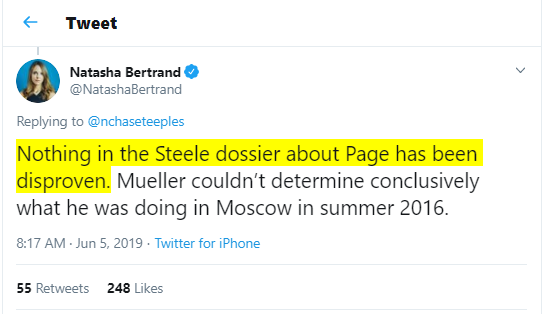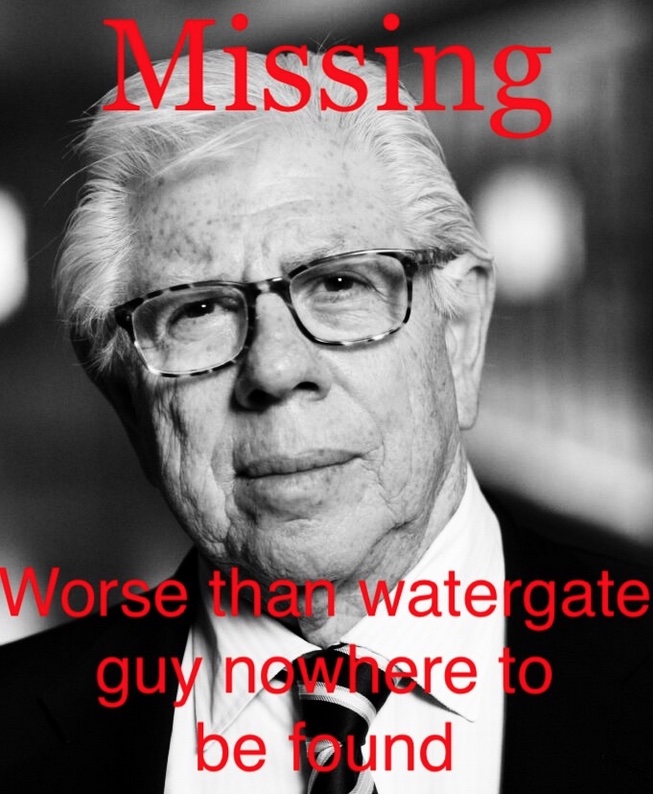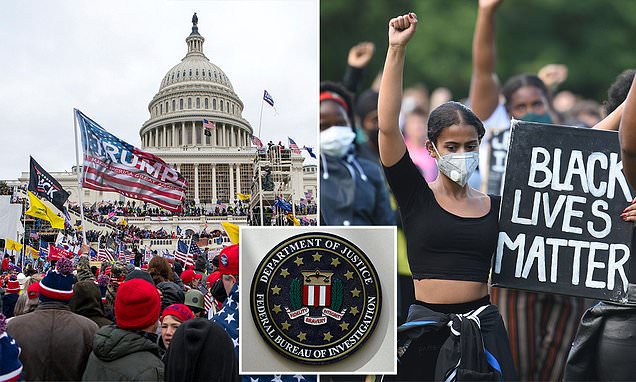Circumstantial Evidence of Biased Investigations
They lied.They deceived the public for years, alleging collusion between the Trump campaign and Russia. President Trump and his advisors, the agents of Russia, were guilty of treason. The FBI investigation was above reproach, led by career agents and civil servants, and insulated from politics or influence from FBI leadership.
Their sources, anonymous to the public and known to only them, were from within the US intelligence and law enforcement communities. These were the originators of the falsehoods; the journalists were merely vessels. In return for this cynical tradecraft, the media protected – and continues to protect – high ranking current and former US government officials. Anything to keep the information flowing.
The list of publications and “journalists” (for purposes of this exercise, any of these other terms might apply: stenographers or adulators or parasitic hosts) who put out the now-discredit claims of the Trump-Russia hoax is long and distinguished. They were nearly all guilty; the skeptics were few. The volume of lies, spread in print and on TV and on social media, would take months, if not years, to compile. The Columbia Journalism Review’s “The press versus the president”, a thorough analysis of some of the worst Trump-Russia era reporting (including stories from The New York Times and The Washington Post), was a four-part series that only touched the surface.
Jim Sciutto and Evan Perez of CNN, citing “multiple current and former US law enforcement and intelligence officials,” said US investigators “corroborated some of the communications.” Jake Tapper, the face of CNN, was more than happy to use his primetime slot to spread these lies and others involving allegations of “collusion”. Marshall Cohen and Jeremy Herb of CNN made similar claims: “many of the allegations that form the bulk of the [Steele] intelligence memos have held up over time, or have proven to be at least partially true.” Durham would disagree: “not a single substantive allegation pulled from the Steele Reports and used in the initial Page FISA application had been corroborated at the time of the FISA submission -or indeed, to our knowledge, has ever been corroborated by the FBI.”¹
Natasha Bertrand was perhaps the most notoriously wrong reporter during the Trump-Russia hysteria. She spread the lies of the US intelligence community through various national platforms (Business Insider, The Atlantic, Politico, etc.): that the Steele Dossier had been corroborated, that the Horowitz probe would be of questionable quality, that it was “much more plausible that Trump did go to Russia and he did have these kinds of sexual escapades with prostitutes.”
--- see tweet below---
By reporting these falsehoods as truth, Bertrand gave legitimacy to an improper and unlawful investigation. She also served the purposes of her sources - to slice through the hamstring of the Trump Administration, to put it on the defensive, to help influence elections. Her reward was professional advancement from near obscurity to her current position as National Security Reporter for CNN. No doubt her anonymous sources, which probably continue to enjoy their quid pro quo with Bertrand, are pleased with their investment.
Numerous reporters from The New York Times were guilty of similar offenses. The day before Trump’s 2017 inauguration, for example, The Times reported this bombshell from current and former senior American officials: “American law enforcement and intelligence agencies are examining intercepted communications and financial transactions as part of a broad investigation into possible links between Russian officials and associates of President-elect Donald J. Trump.” This was followed by The New York Times’ articles in February and March of 2017 pushing allegations of Trump-Russian Intelligence connections.
What we didn’t know at the time was that high ranking FBI officials disagreed with The Times’ reporting. Internal FBI communications from Peter Strzok himself said of The Times’ articles: “no substance and largely wrong.” Durham puts the FBI’s discussions of The Times reporting into context:
While the reporting itself is part of the story, there’s something else here: the identity of the sources.based on declassified documents from early 2017, the FBI's own records show that reports published by The New York Times in February and March 2017 concerning what four unnamed current and former U.S. intelligence officials claimed about Trump campaign personnel being in touch with any Russian intelligence officers was untrue.²
Those sources from within the US intelligence and law enforcement communities, known to the media but anonymous to the public. Those were the originators of the falsehoods; the journalists were merely vessels. In return for this cynical tradecraft, the media protected – and continues to protect – high ranking current and former US government officials. Anything to keep the information flowing.
If only these reporters had a smidgen of courage. Then we could see the names. Then we could see whether the off-the-record gossip provided by the current and former US officials matched their private, closely held beliefs. What a story that would be.
But we’ll never hear it.




